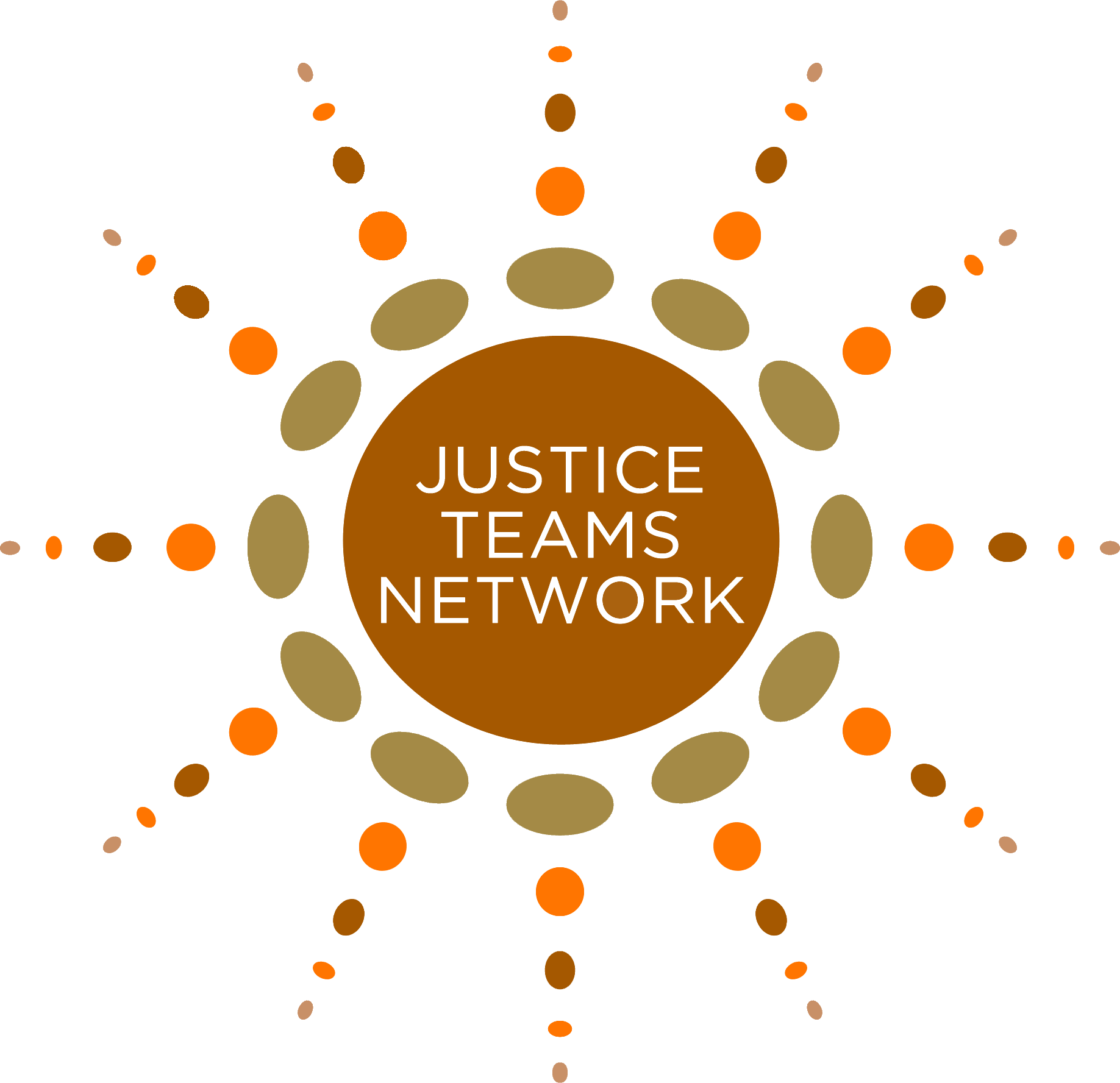Interrupting Intimate Partner Violence:
A Guide for Community Responses Without Police
Many communities in the United States — especially Black, Indigenous, and other people of color; immigrants; disabled people; and queer and trans people — experience state violence at extremely high rates. When violence erupts in the home, survivors in these communities cannot depend on state systems for safety.
For generations, people in these communities have found safety outside of the state in one another, developing alternative, often informal responses to intervene in violence in their homes and communities. Building from this tradition, a growing movement has been experimenting with processes for preventing and disrupting violence and holding people who harm accountable within the community without relying on the criminal punishment system.
The purpose of this guide is to present organizers, IPV providers, advocates, policymakers, community members, and families with practical, safe considerations and tools to create a community first response for IPV that is not based in the punitive U.S. carceral system.
Our goal is to create a replicable model grounded in safety, healing, family, and community. We as a community have the answers to many of our most pressing problems. We don’t need police because we take care of us.


